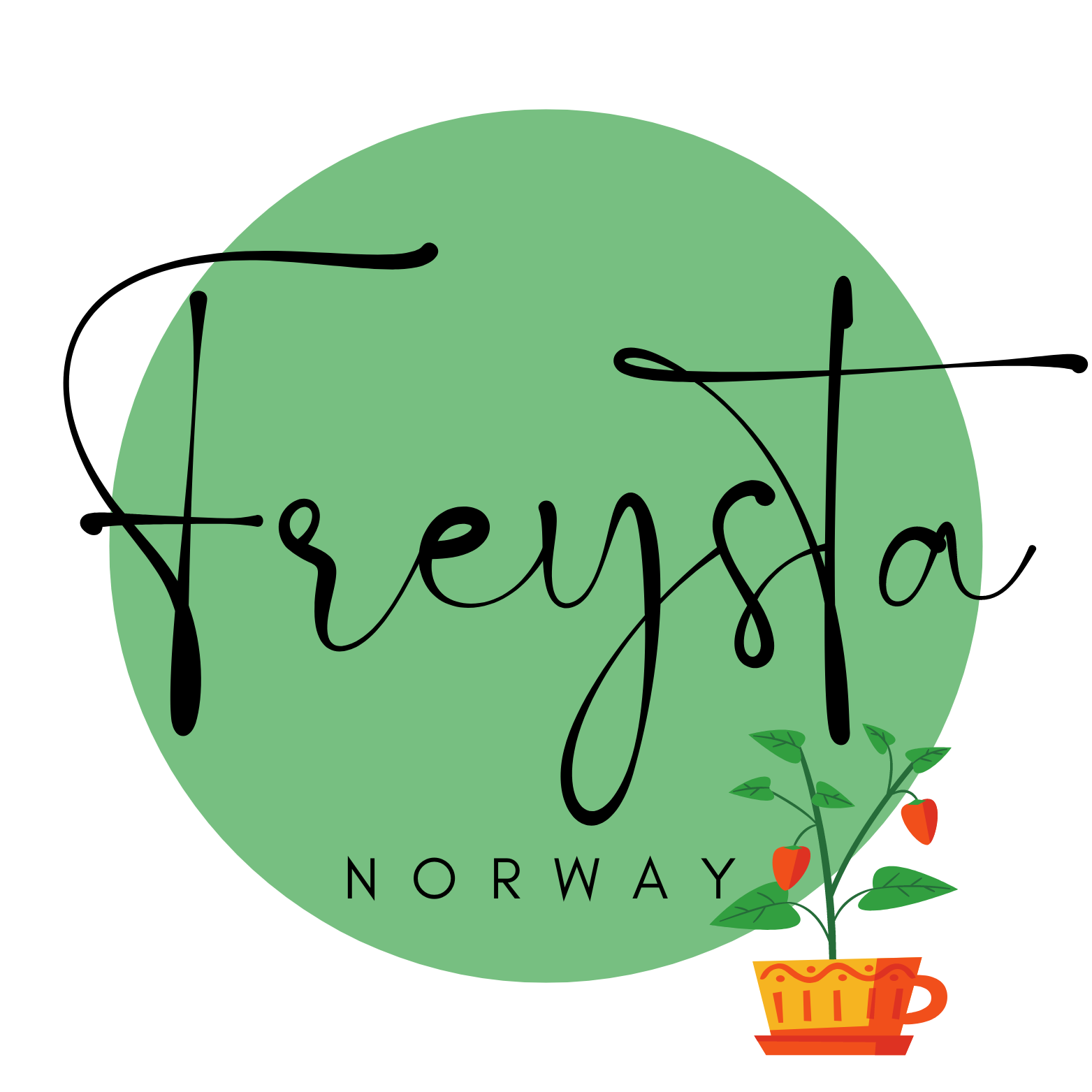The History of the Norwegian Children’s Parade
- Marion Solheim

- Oct 11, 2023
- 4 min read
Updated: Nov 17, 2023
Forget celebrating the national day with a military parade and serious faces. In Norway, the Constitution Day is the day kids all over the country take to the streets! The children’s parade of 17th of May is a tradition that came about in a time when kids weren’t too valued. But they got center stage in the celebration of Norway.
The Heart of the Celebration
It’s the same every year, all over Norway. The 17th of May, the streets of Norway come alive with the vibrant colors of flags, traditional costumes, and the infectious laughter of children, mixed with the tunes of the school bands, playing Norwegian traditional tunes. This date marks Norway's Constitution Day, a time when Norwegians of all ages gather to celebrate their national pride and unity. And at the heart of the festivities is the children's parade.
However, back in the days it was a pretty radical idea to involve children in this way. For a long while, the whole celebration was banned – for both kids and adults.
Not from Day One

The tradition of celebrating May 17th dates back to 1814 when Norway's constitution was signed in Eidsvoll, marking the country's independence from Denmark. Christian Fredrik was elected king of the independent Norway. So far, so good. However, the independence was short-lived.
Sweden wanted Norway, and after a brief war, King Christian Frederik had to abdicate the throne. But he managed to get in some wins. Sweden's Crown Prince Karl Johan Bernadotte accepted that Norway could keep its democratic constitution and its own institutions within a personal union. In November, the Norwegian Parliament elected Sweden's king as the king of Norway.
Karl Johan was the King of Norway and Sweden from 1814 to 1844. He did not like the celebration of May 17th. Not at all. The king saw the celebration as a revolutionary act and a provocation towards Sweden. He banned the celebration of Constitution Day in 1928. It ended with violence.
The peak of tensions came on May 17th, 1829, when the Swedish Governor-General deployed the cavalry and infantry against students and other citizens of Oslo, who had gathered at Stortorget (“the Big Square”) to celebrate the Constitution Day. Several people ended up being injured in what would be known as the “Square Battle”. It was a kind of “nobody-puts-Baby-in-the-corner” moment for Norwegians all over. They became unstoppable when it came to celebrating the Constitution on 17th of May – and they got what they wanted. In 1833, the Norwegian Parliament officially observed the day. Still, there were no kids involved.
The First Children Enter the Parade
In the past, the norm when came to celebrating holidays was with citizen parades (“borgertog”), where people marked the occasion by marching with banners, music, and choirs.
In 1869, school director Peter Qvam came up with an unusual idea, to say the least. He is said to have had the idea for Norway's first children's parade. Qvam himself organized a procession with students from his school. The famous poet Bjørnstjerne Bjørnson was a good friend of Peter Qvam, and both argued passionately for organizing a children's parade to celebrate the national day.
The friends managed to get their way. Thus, the following year, in 1870, the very first children's parade took place. Kids from from several schools in Oslo participated, and the procession made its way to the Palace. For the first time, the voices of children were heard singing the Norwegian National Anthem in front of the Palace Balcony.
The first couple of years the children’s parade was allowed only for boys, but of course that had to change. In 1889 girls from Mrs. Ragna Nielsen’s school joined. Later, the schools started their own marching bands, the “russ” (high school graduated) became part of the festivities – and here we are today; a 17th of May celebration without children’s parades is plain out unthinkable.

Flags, Music and Ice Cream
As mentioned earlier, what you typically will see today at the 17th of May, is a children’s parade as the key part of the festivities on Constitution Day. It’s a beautiful, noisy sight! With music, paroles for kindergarden and schools, and loads of kids dressed up in their finest outfits – for example the national costume, bunad. Most wave with Norwegian flags, and shouting “hooray!” to the tunes of the band in the foreground. There are noisy flutes, ice cream all over the place and glittering bunad jewlery. This happens in villages and cities all over Norway, big or small.
The Norwegian Children's Parade on May 17th is not just a procession; it's a heartfelt celebration of a nation's unity, cultural heritage, and commitment to democracy. As the children proudly march through the streets, they carry the hopes and dreams of Norway's future. It's a day when Norway comes together as one big family, and who better to represent that feeling than our children?
Happy Syttende Mai!
Want to read more about Norwegian history and culture? Check out the rest of the articles here at Freysta - and find your dream village while you're at it!

Sources:





